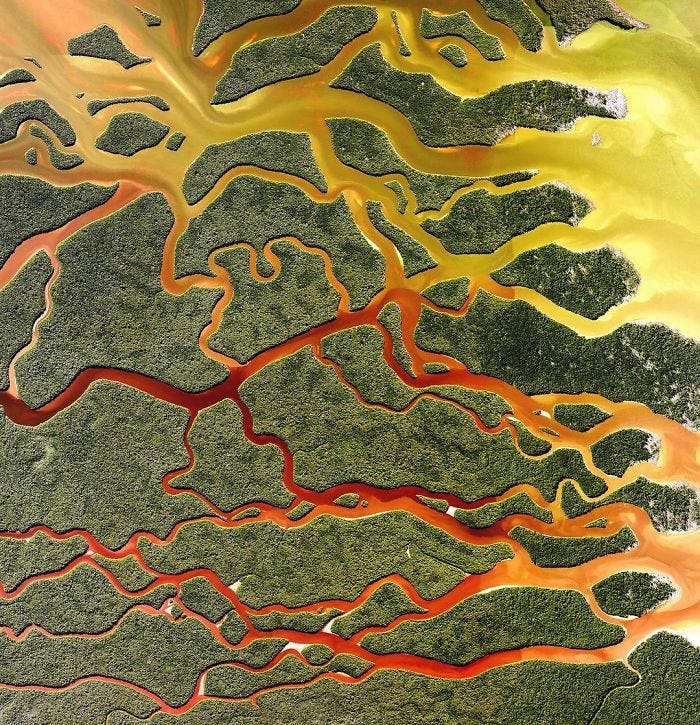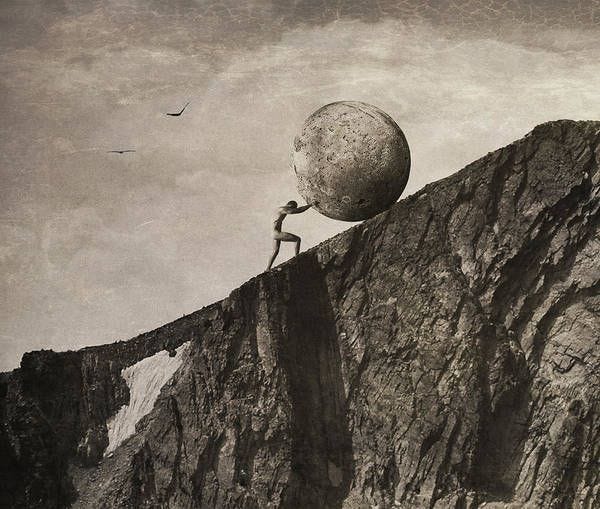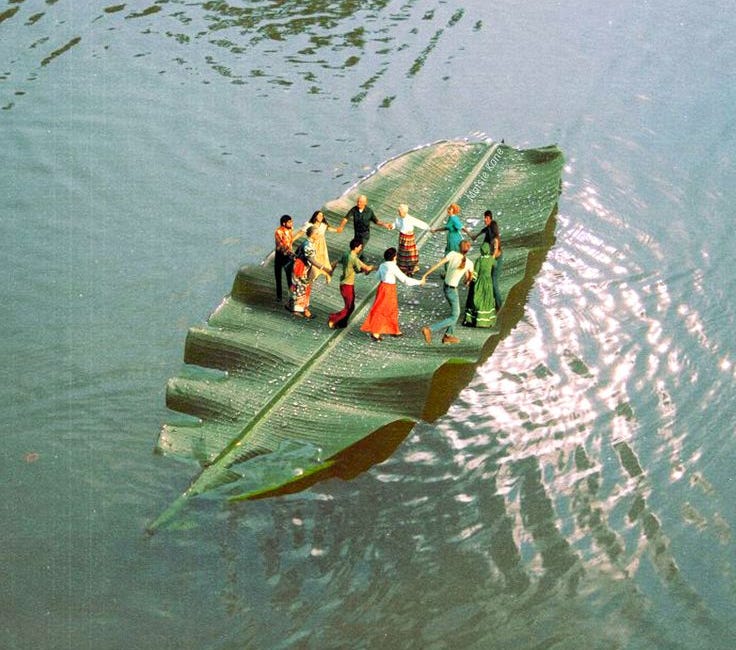You and I make an Earth-like planet
Soothing our anxiety for the future
I’m sure you’ve heard of this before: if our planet’s life of 4.5 billion years were scaled down to a 24-hour day, we’ve only existed in the last three seconds of the last minute of the last hour. We as humans are like a blip in Earth’s geologic time scale. A flicker in the night.
I learned this metaphor as a first-year student in Geosciences 1009. It was repeated in most of my core subject classes as an environmental humanities major, and then again among environmental and climate organizations. The point that was hammered home: homo sapiens are incredibly insignificant in the face of Earth, its tectonic and climate forces which have created both ice ages and evolutionary explosions of life for billions of years.
This is supposed to humble us and rethink our collective actions that harm the planet. For me, it’s contributed to my general anxiety.
With greenhouse gas emissions trajectories marking 2030 as a crucial year, the year we will either have “saved” or “killed” the planet, I often think of post-2030 as a gray specter. In my subconscious, I don’t exist past 2030.
This has a number of effects, including a drive to work myself to the bone lest I waste my one wild and precious life. I want to publish a book, multiple books, before the world “ends”—by ends, I mean become unlivable for most people. Heatwaves, droughts, supertyphoons, and how these disasters will influence everything from food systems to fascist policies. I want to make my life meaningful.
I worry, most of all, that I’m not doing enough to protect people and the planet; I’m not using my privilege responsibly. It’s enough to want to leave my body and its nervous system behind and look for a new one, as if I were a hermit crab with a faulty shell.
When talking about our future, I tell my partner E, “I don’t even think about after 2030. I guess that means I don’t think of myself beyond 30 years old.”
In response, he hugs me. “We’ll live to be 100.” While I don’t understand his certainty, it’s nice. I need it.
E’s attitude towards life makes the present easier to be in when my anxiety has tugged me to the future. I’m able to see my worry as an internal warning, a helpful reminder, that we need solutions and pragmatic action to address our environmental problems. Together, we make an Earth-like planet. I’m the anxious fiery core and he is the reliable crust, the soil and water that makes this floating space rock livable. My worry is just as necessary. It is dynamic magma forcing tectonic plates together, rupturing the normalcy of colonial legacies.

I know you are just trying to keep me and other people safe, I tell my worry. To the nasty dread that I’m not doing enough, I say I am not meant to do everything. I can do more when I collaborate with other people. This will take time to emerge.
E and I’s dream is to nurture a community space, a kind of haven for organizers, artists, and farmers, a home for the faithful and the faithless. Our response to the specter of 2030. We don’t know what it’ll look like yet. We’re still planting the seeds. But when we imagine our legacy, we see our picture hung on the wall of a spacious kitchen, our faces smiling at what once was just a garden.
You and I also make an Earth-like planet. Everyone has their part to play in this grand story, a story that’s not a single hero’s story but something else entirely—a world coming together. You and I are part of the Earth, even if we arrived in the last three seconds of its day. The next hour is inviting you, dear reader, to take part in its beauty.
Further reading from The Amphibian:
Grief’s Connective Power in Resistance Movements
Grief weighs on us as a collective. As the national democratic movement has progressed or faced setbacks throughout the years, people have been taken from us—slain or made to disappear without a trace. Many of us have accepted this as a feature of the work of fighting for human rights and environmental justice. Far too many have been lost. We are mourni…





